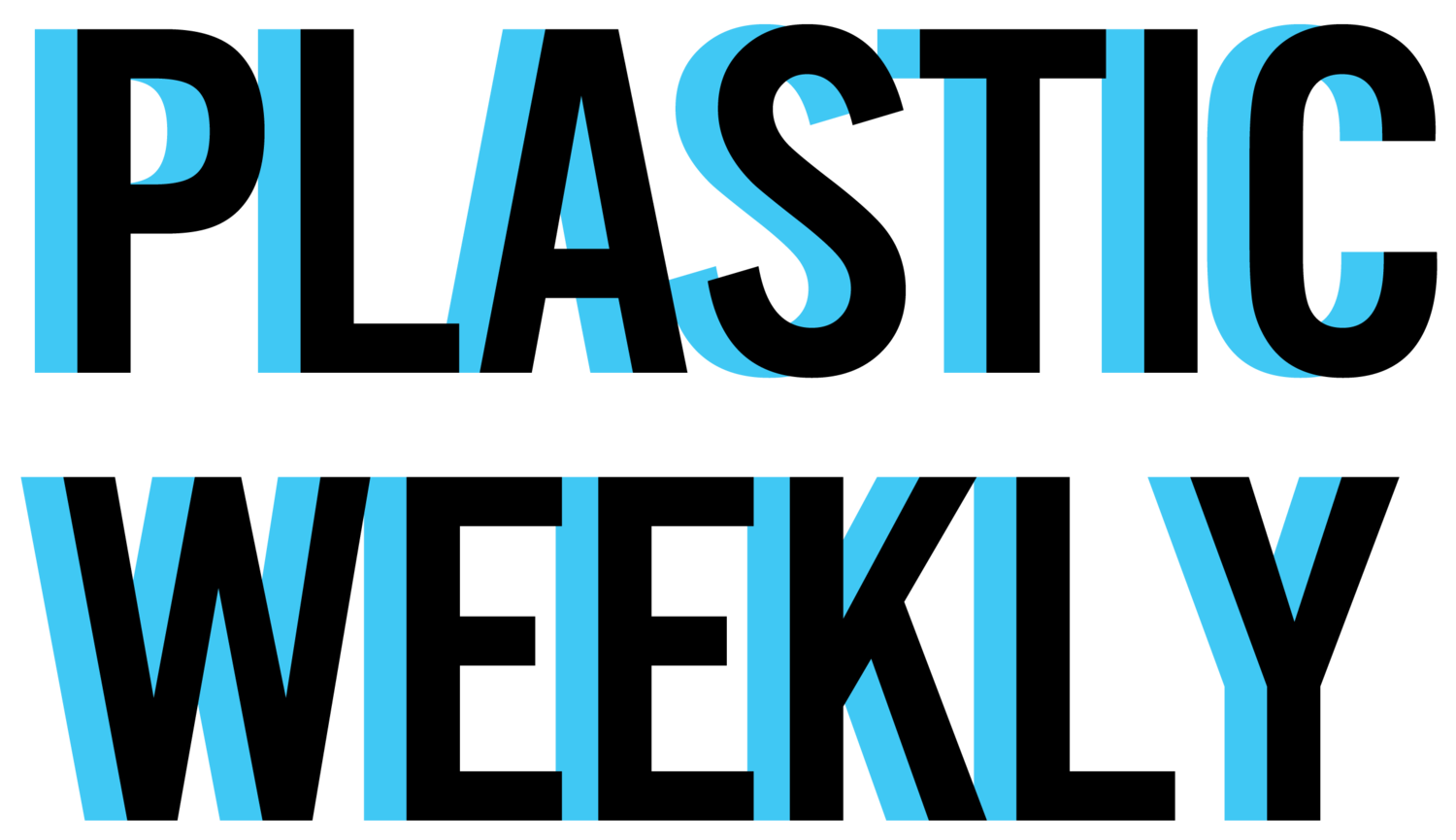Ep. 14 - The State of Plastic with Ian Powell
Legendary hold shaper Ian Powell answers my questions about the past, present, and future of plastic climbing holds: the transition from polyester to polyurethane, the economy of holds, helping Europe catch up to North American quality, and how 3D printing could be used to improve holds today.
UPDATE: This episode was edited at 6:30pm EDT, at Ian Powell's request, to remove a hypothetical anecdote that Ian worried might be detrimental to Kilter Grips. Plastic Weekly has no obligation to edit an interview that was recorded knowingly and willfully, but in the interest of keeping a good relationship with a respected, experienced, and influential industry leader like Ian, about 40 seconds of audio was removed. It's a good thing I like him. The edit does not remove or change any information.



